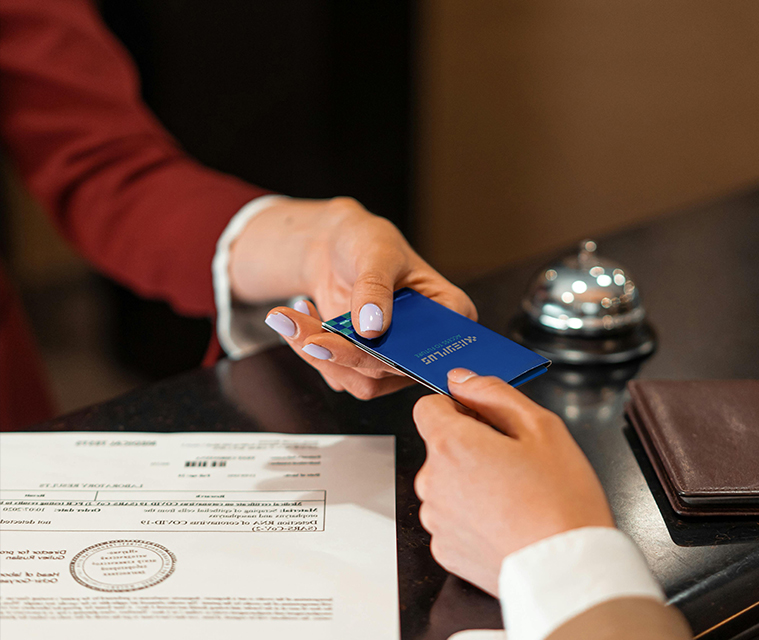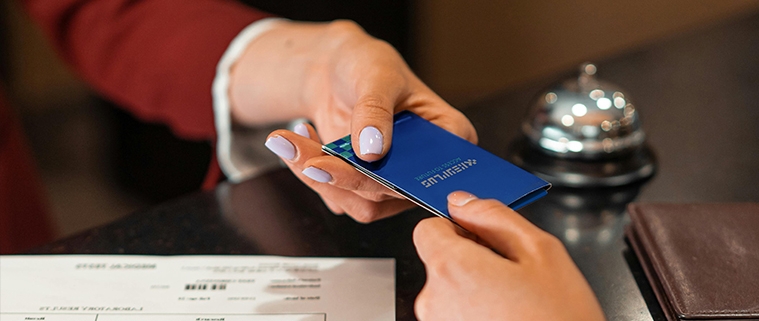What Does the Elevator Card Access System Bring to Hotels?
The core value of elevator card access control system for hotels is to improve security, optimize management efficiency and enhance customer experience, as well as to create additional revenue. The following is the specific analysis:
1. Strengthen security control
- Restrict unauthorized access: Only card-carrying guests or staff can enter specific floors (e.g., guest room floors, executive floors), preventing loiterers or tailgaters, and lowering the risk of theft, harassment, and so on.
- Emergency tracking: Swipe card records can trace the entry and exit time of personnel, and with the monitoring system, it is easy to quickly locate and investigate the responsibility of emergencies (e.g. fire, security problems).
- Fire linkage: Part of the system supports automatic unlocking of elevators in emergencies, in line with safety norms.
2. Enhance Management Efficiency
- Dynamic Permission Allocation:The front desk can assign time-limited permissions to guests (e.g., valid during check-in), which will automatically expire after check-out, avoiding the tediousness of traditional key recovery.Employee cards can restrict access to areas (e.g., logistic areas or working floors only), reducing internal management loopholes.
- Automated operation: Reduce the need for manual inspections and lower labor costs.

3. Optimize customer experience
- Privacy protection: Avoid non-residents mistakenly entering the guest room floor, creating a private environment, especially suitable for high-end hotels or resorts.
- Personalized service: linkage with membership system, automatic identification of VIP guests and direct access to exclusive floors, enhancing the sense of dignity.
- Barrier-free access: Integrate the function of room card, guests can pass the elevator, room and hotel facilities with one card, reducing repeated verification.
4. Create additional revenue
- Layered charging: set permissions for different room types (e.g. high-rise view rooms) to achieve differentiated pricing.
- Commercial cooperation: Cooperate with neighboring merchants to provide time-limited elevator privileges to attract consumption (e.g. restaurants, SPA).
- Data value: Analyze peak traffic hours and floor activity to optimize resource allocation or marketing strategies.
5. Technology Integration and Future Expansion
- Multi-system Integration: Docking with hotel PMS (property management system), face recognition or cell phone APP to support card-less operation (e.g. cell phone bluetooth elevator opening).
- Energy saving and environmental protection: Reduce ineffective elevator stops and energy consumption.
Applicable Scenario Suggestions
- High-end hotel/apartment: emphasizing security and privacy, requiring strict zoning management.
- City business hotels: to cope with the complex flow of people, rapid control of visitors.
- Resort/conference hotels: Flexible setting of temporary privileges (e.g. conference groups, wedding guests).
Potential considerations
- Backup solution: need to keep emergency mechanical key or background manual override function to prevent system failure.
- Cost balance: Select the system level according to the size of the hotel to avoid over-investment.
Through reasonable deployment, the elevator card access control system can not only solve the traditional management pain points, but also become an important part of the hotel’s intelligent upgrading, indirectly enhancing the brand image and competitiveness.



